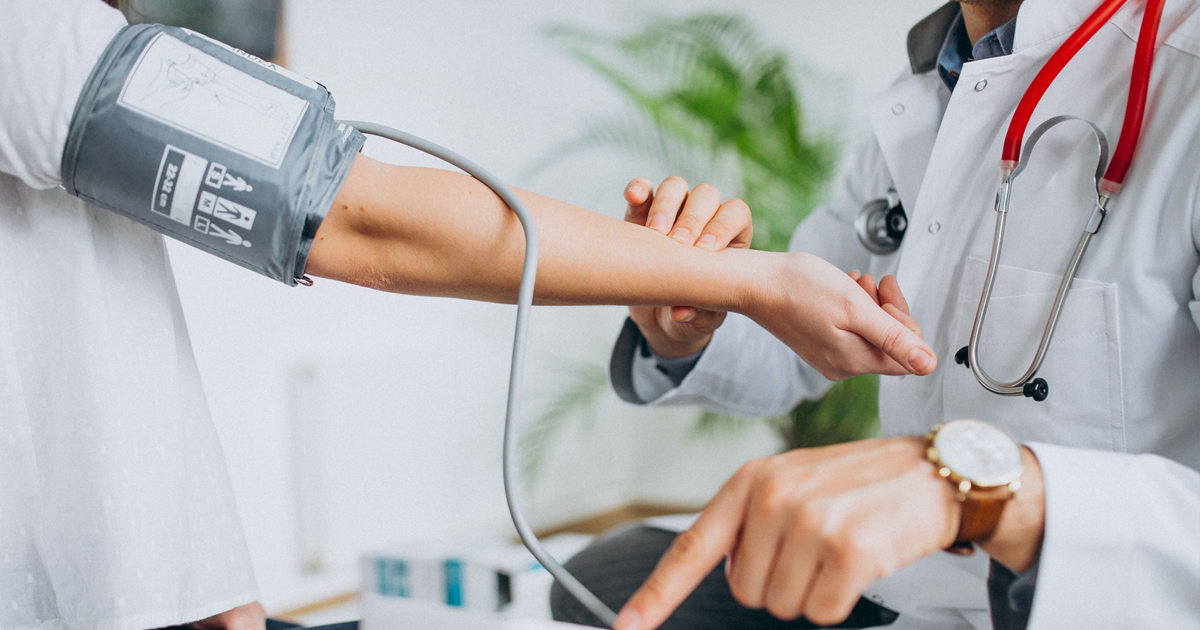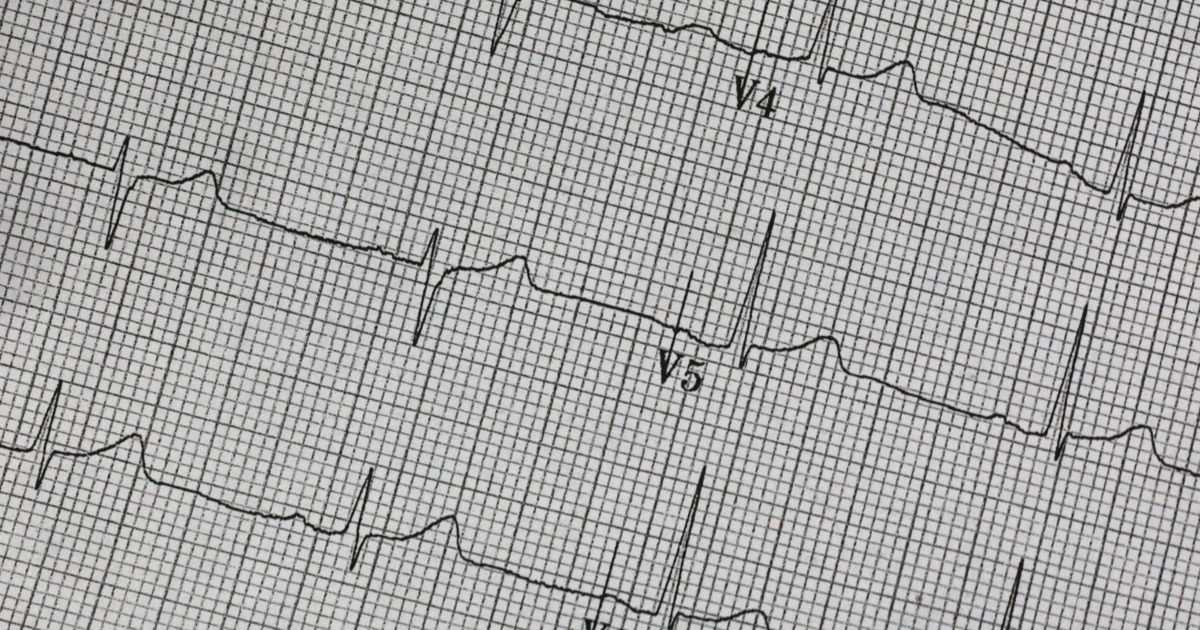Una revisión sistemática sobre la detección de COVID-19 a través de wearables fue publicada en The Lancet.
El monitoreo de parámetros fisiológicos como frecuencia cardiaca, frecuencia respiratoria, temperatura corporal, es importante para detectar la presencia de contagios y casos de COVID-19. Estos parámetros son perceptibles por dispositivos móviles como wearables, que pueden actuar como “biomarcadores digitales” en la detección temprana de infecciones.
En The Lancet, fue publicado una revisión sistemática que recoge y evalúa el rendimiento de modelos estadísticos y algorítmicos que utilizan datos de wearables para la posible detección de COVID-19.
Para los investigadores realizaron búsquedas en bases de datos como MEDLINE, Embase, Web of Science, CENTRAL, International Clinical Trials Registry Platform y ClinicalTrials.gov. Y de 3 mil 196 estudios identificados, analizaron 12 artículos y 12 protocols de estudio.
“Algunos autores se basaron en el análisis estadístico para detectar diferencias entre los participantes o dentro de ellos, mientras que otros utilizaron algoritmos de aprendizaje automático”, explica la revisión.
Aunque la precisión de los algoritmos varió (AUC 0·52–0·92), lograron identificar cuáles son los síntomas asociados con mayor frecuencia a un contagio de COVID-19. Por ejemplo, la frecuencia cardiaca, la temperatura y la frecuencia respiratoria. De igual forma, estos fueron las variables más analizadas en prácticamente todos los estudios.

Asimismo, los autores de la revisión reconocieron que la evidencia alrededor de los wearables y la detección temprana de COVID-19, continúa aún en una etapa muy temprana, Por lo que se necesitan estudios más amplios y controlados, que cuenten con la participación de poblaciones más grandes y diversas.
Los autores concluyen que “aunque los dispositivos portátiles podrían ayudar, esta revisión sistemática destaca la necesidad de estudios bien diseñados y controlados para identificar de manera sólida si los dispositivos portátiles pueden detectar con precisión la infección por SARS-CoV-2 antes de la aparición de los síntomas o en personas asintomáticas en comparación con el método de diagnóstico estándar de oro actual”.
Esto debido a que algunos estudios tuvieron como participantes a profesionales de salud, quienes accedieron con mayor facilidad a pruebas PCR; otros estudios se basaron en modelos estadísticos antes que en algoritmos; e incluso algunos estudios, no utilizaron dispositivos convencionales que se colocan en la muñeca, sino anillos u dispositivos que se colocaron en el área de en la garganta.







